22nd IAS STEEL CONFERENCE
23-25 October, 2018 | City Center Rosario, Santa Fe, Argentina
Organizer:
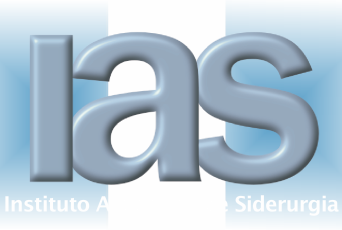



which will include topics ranging from raw materials to end-products, including sessions on Safety and Environment and with a special emphasis on "Steel Industry 4.0" currently one of the greatest interests for the steel community.
The Conference will be enhanced with the EXPO IAS 2018 to the Steel Industry at which companies will have the opportunity to share their latest developments and products. The Exhibit area will be a key point of the Conference. The exhibition will run throughout the event.
The Conference will be held from Tuesday, October 23 to Thursday, October 25, 2018 in the City Center Rosario, Santa Fe, Argentina.
Pre-conference courses will take place on Monday, October 22 and will be delivered by internationally renowned speakers who will deal with different aspects of the steelmaking process; and the traditional plant tours will take place on Friday, October 26.
is located in the southeast of South America. It is the country chosen to host the event. For more information about Argentina, visas and how to get from Ezeiza to Rosario, click here: Argentina
has been named host city of the event. It is located in central-eastern Argentina, in Santa Fe province and is the third most populous city. Learn more about this city by clicking here: Rosario
Learn more about the place of the event by clicking here: City Center Rosario
To download the map of the Conference venue, click here: Map City Center
Program | |
| MONDAY, 22nd October 2018 | |||||||
| Room A | Room B | Room C | Room D | Room E | Room F | EXPO IAS 2018 | |
| 9.00 a.m. | - | - | - | Materials Science and Engineering of Modern Automotive Steels Dr. Wolfgang Bleck |
Understanding Mold Powders, is It Black Magic? Dr. Il Sohn |
Recent developments on EAF technology and operation Dr.-Eng. Thomas Echterhof | |
| 19.30 p.m. | Welcome Ceremony: 22nd IAS Steel Conference 2018 | ||||||
| 20.30 p.m. | Cocktail Sponsored by 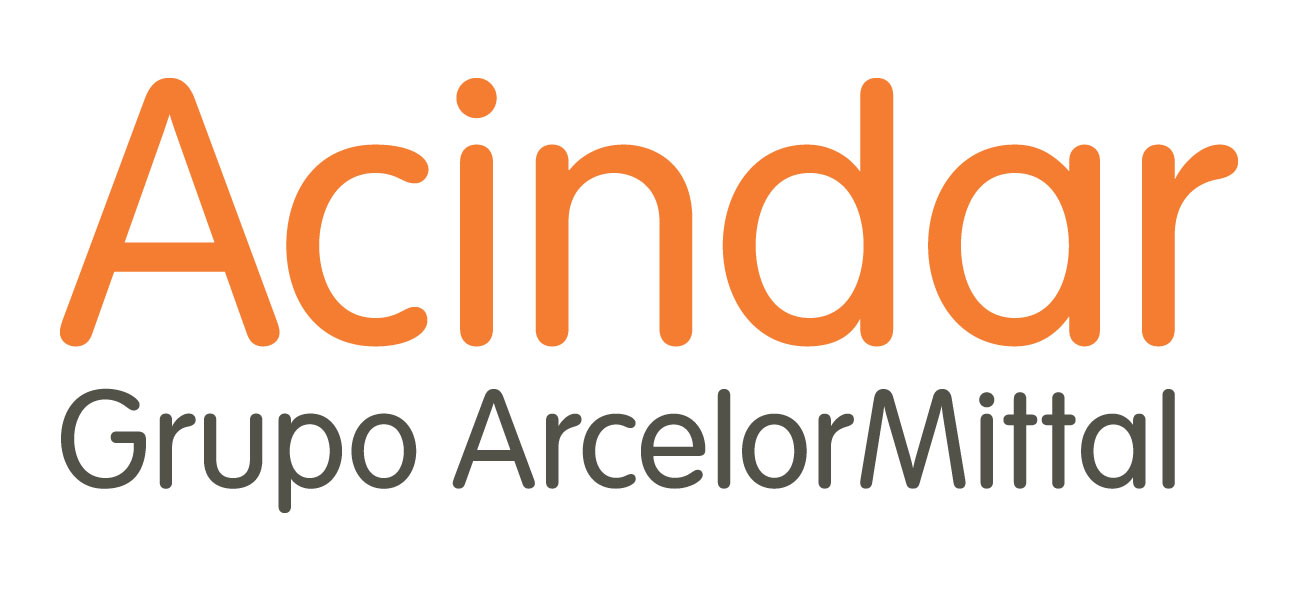 | ||||||
| TUESDAY, 23rd October 2018 | ||||||||
| 7.00 a.m. | Registration to the 22nd IAS Steel Conference 2018 | EXPO IAS 2018 | ||||||
| Room A | Room B | Room C | Room D | Room E | Room F | |||
| 8.00 a.m. | Industry 4.0 | Continuous Casting | Maintenance and Automation |
DRI | Blast Furnace | Steelmaking: Refractories | ||
| 8.30 a.m. | ||||||||
| 9.00 a.m. | ||||||||
| 9.30 a.m. | ||||||||
| 10.00 a.m. | Coffee Break | |||||||
| 10.30 a.m. | Industry 4.0 | Continuous Casting | Maintenance and Automation |
DRI | Blast Furnace | Steelmaking: Refractories | ||
| 11.00 a.m. | KEYNOTE LECTURE: "Engineering the Steelmaking of the Future", Stefano Maggiolino (Tenova) | |||||||
| 11.30 a.m. | KEYNOTE LECTURE (ROOM A): "How industry 4.0 is shaping the new age of steel", Pinakin C. Chaubal (ArcelorMittal) | |||||||
| 12.00 p.m. | ||||||||
| 12.30 p.m. | Lunch | |||||||
| 2.00 p.m. | Industry 4.0 | Continuous Casting | Maintenance and Automation |
DRI | Blast Furnace | Processing, Products and Applications | ||
| 2.30 p.m. | ||||||||
| 3.00 p.m. | KEYNOTE LECTURE: "An overview of new Midrex® projects and technology advancements", Antonio Elliot (Midrex) | |||||||
| 3.30 p.m. | Coffee Break | |||||||
| 4.00 p.m. | Industry 4.0 | Continuous Casting | Maintenance and Automation |
DRI | Blast Furnace | Processing, Products and Applications | ||
| 4.30 p.m. | ||||||||
| 5.00 p.m. | ||||||||
| 5.30 p.m. | ||||||||
| 6.00 p.m. | ||||||||
| WEDNESDAY, 24th October 2018 | ||||||||
| 7.00 a.m. | Registration to the 22nd IAS Steel Conference 2018 | EXPO IAS 2018 | ||||||
| Room A | Room B | Room C | Room D | Room E | Room F | |||
| 8.00 a.m. | Industry 4.0 | BOF | EAF | Processing, Products and Applications |
Rolling | Maintenance and Automation | ||
| 8.30 a.m. | ||||||||
| 9.00 a.m. | ||||||||
| 9.30 a.m. | ||||||||
| 10.00 a.m. | Coffee Break | |||||||
| 10.30 a.m. | Industry 4.0 | BOF | EAF | Processing, Products and Applications |
Rolling | Maintenance and Automation | ||
| 11.00 a.m. | ||||||||
| 11.30 a.m. | KEYNOTE LECTURE (ROOM A): "Ternium´s digital transformation process", Roberto Demidchuk (Ternium) | |||||||
| 12.00 p.m. | ||||||||
| 12.30 p.m. | Lunch | |||||||
| 2.00 p.m. | Maintenance and Automation | |||||||
| 2.30 p.m. | KEYNOTE LECTURE (ROOM A): "Understanding complex microstructures in modern steels", Wolfgang Bleck (The Steel Institute, RWTH Aachen University) | |||||||
| 3.00 p.m. | ||||||||
| 3.30 p.m. | Coffee Break | |||||||
| 4.00 p.m. | STEEL EXECUTIVE FORUM | |||||||
| 4.30 p.m. | ||||||||
| 5.00 p.m. | ||||||||
| 8.30 p.m. | Get-Together Dinner Sponsored by 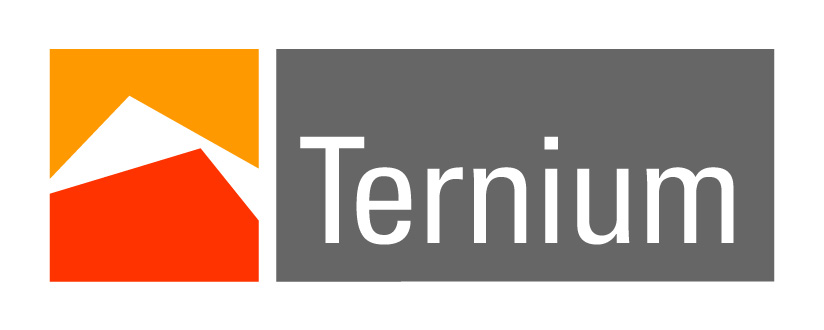 and and  | |||||||
| THURSDAY, 25th October 2018 | ||||||||
| 7.00 a.m. | Registration to the 22nd IAS Steel Conference 2018 | EXPO IAS 2018 | ||||||
| Room A | Room B | Room C | Room D | Room E | Room F | |||
| 8.30 a.m. | Industry 4.0 | LF | Steelmaking | Processing, Products and Applications |
Safety and Environmental Issues |
Blast Furnace | ||
| 9.00 a.m. | ||||||||
| 9.30 a.m. | ||||||||
| 10.00 a.m. | ||||||||
| 10.30 a.m. | Coffee Break | |||||||
| 11.00 a.m. | Industry 4.0 | Panel Discussion: Steelmaking | Rolling | Safety and Environmental Issues |
Blast Furnace | |||
| 11.30 a.m. | ||||||||
| 12.00 p.m. | KEYNOTE LECTURE (ROOM A): "Environmental Challenges and Opportunities in the Iron & Steel Industry", José Fonrouge (Ternium, Argentina) | |||||||
| 12.30 p.m. | Lunch | |||||||
| 2.00 p.m. | Maintenance and Automation |
EAF | BOF | Rolling | Safety and Environmental Issues |
Blast Furnace | ||
| 2.30 p.m. | ||||||||
| 3.00 p.m. | ||||||||
| 3.30 p.m. | ||||||||
| 4.00 p.m. | ||||||||
| FRIDAY, 26th October 2018 | ||||||||
| 9.00 a.m. | PLANT TOURS | |||||||
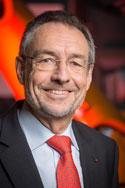
Dr. Wolfgang Bleck
(RWTH Aachen University, Germany)
Steel is by far the most significant metallic material group. It contains over 2500 steel grades and offers a wide variety of property combinations to be applied to different uses. Many of these steel grades were recently modified or have been newly developed. Combined with new processing methods, they are an interesting and challenging field for engineers. This course is an introduction to the fundamental laws of material development with a strong focus on steels for automotive application: e.g. new advanced high strength sheet steels for car bodies, new hot rolled press hardening steels for crash relevant parts, new microalloyed and bainitic steels for gear components.
The course introduces to an engineering approach of how to develop steels and their processes, of how to achieve desired properties, and of how to appropriately use the material. The course begins by acquainting the participant with the physical and chemical characteristics of the element iron. Important alloying elements for steels are introduced by means of phase diagrams. The microstructure formation and the technical significance and application of phase transformations are discussed. The practical relevance of the introduced physical and chemical phenomena for steel development and application is explained with respect to the processing both of strip and of long products. The requirement of various customers will be discussed; a focus is laid on the automotive industry as one of the drivers for recently developed new products.
Furthermore, recent developments for safety relevant components will be discussed as complex phase steels and press–hardening steels. The impact of boron alloying on phase transformation behavior and the microstructure development in hardenable steels will be highlighted.
Programme:
09.00am Introduction
09.30am Steels for automotive application: general requirements
Case studies: DDQ and EDDQ steels, HSLA steels
10.30am Coffee break
11.00am Principles of steel design: AHSS steels for the automotive industry
Case studies: Dualphase and TRIP steels
12.30pm Lunch break
2.00pm Principles of steel design: New forging steels
Case studies: microalloyed and bainitic steels for bars and wires; effect of the alloying element boron on hardenability; press hardenin
3.30pm Coffee break
4.00pm ICME: Integrated Computational Materials Engineering
Case studies: through process modelling of a new steel
5.00pm Final discussion
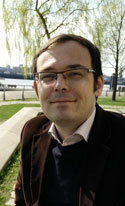
Dr.-Ing. Thomas Echterhof
(RWTH Aachen University, Germany)
Steelmaking in the electric arc furnace accounts for about 25 % of the worldwide steel production in 2017. In the European Union its share is about 39 % of the total steel production. Argentina reported a similar ratio of about 44 % for 2017. EAF steelmaking therefore is a very important steel production route. If based on steel scrap, it also has the typical advantages of recycling processes with regard to energy consumption and environmental impact in comparison to primary steelmaking routes. The variability of the EAF process with regard to input materials, furnace equipment and operation as well as produced products creates a challenging field of work for engineers.
This course will give an overview on the recent developments in EAF technology and operation. It starts with a review of EAF fundamentals: production routes, raw materials, furnace concepts etc. The main focus will lie on energy and resource efficiency of the process as well as environmental aspects of steel production in the EAF. Mass and energy balance of the EAF process as tools to determine efficiencies are discussed. Parameters influencing the overall efficiency of the process like electrical efficiency, heat transfer parameters, energy recovery and scrap preheating are introduced. Measures to improve the resource efficiency and to reduce the environmental impact of the process will be discussed including the use of biomass, the reuse of steelmaking residues, etc. The course will be completed by a review of developments in the area of process control and automation. This topic includes the use of robots at the EAF, the application of process models and through process control. The relevance of Industry 4.0 in general at the EAF steel plant will be highlighted.
Each part will be concluded by a questions and answers section. The participant is invited to provide questions from his specific industrial experience, the answers will be developed by group discussions.
Programme:
09.00am Introduction
EAF steelmaking in Germany/Europe
09.30am EAF fundamentals
EAF production routes/Raw materials/Furnace concepts/Components/Electric energy consumption/EAF design criteria
10.30am Coffee break
11.00am Mass and energy balances
Electrical efficiency/Heat transfer from the arc to the melt/Energy balance of the electric arc/Parameters of the heat transfer/Fluid flow in slag and melt/Energy consumption/Efficiency/Sankey diagram of the EAF/Energy recovery/Scrap preheating
12.30pm Lunch break
2.00pm Resource efficiency and environmental aspects
Oxygen vs. electricity input/CO2 emissions/Use of biomass and re-use of steelmaking residues (plant internal recycling, bag house dust, rolling scales, etc.)/NOx emissions/Different metallic charges (DRI, HBI, pig iron, shredded scrap)/LCA
3.30pm Coffee break
4.00pm Process control and automation
Robots at the EAF / Process models / Through process control / Industry 4.0 / Closing data gaps
5.00pm Final discussion
Dr. Il Sohn
(Yonsei University, Korea)
With greater consumer demands on quality, continuous casting mold fluxes have become a topic of tremendous interest in both academia and industry. Several essential roles of mold powders include absorption of non-metallic inclusions from steels, protection of steels from the atmospheric conditions, insulation and control of uniform heat transfer of the super-heated steel melt across the water-cooled copper mold, and lubrication between the partially solidified steel shell and copper mold.
Past work relied much on the trial and error approach to developing and optimizing mold fluxes and was considered “black magic” due to the significant variability and intuitive approach used for developing powders.
But today’s development of synthesized mold powders for higher quality and enhanced surface quality of advanced steel grades require a more fundamental approach based on scientific principles and near commercial condition simulations of the developed powders.
This continuous casting powder course provides fundamental aspects into the properties of mold fluxes and the effect of various components in the flux, its role in ensuring steel quality, recent testing approaches to simulate the steel casting conditions, and how new powders are developed. The outline of the course is the following:
1. How mould powders work
General description of how mould powders work in the mould and how powder performance are affected by their properties through compositional changes and how each component that comprise the flux affect the thermos-physical properties.
2. Science of mold fluxes
Detailed description in the science of mold fluxes for viscosity, micro- and macro-crystallization, thermal conductivity and its connection to the structure.
3. Types of Mould fluxes
Characteristics and in-mold behavior of granular to fine powder mold fluxes for ultra-low to high carbon steel grade steels and specialty fluxes for high Al-containing TRIP and TWIP steels.
4. Slag Lubrication and Heat transfer
Conditions for minimum lubrication requirements in powders and controlling heat transfer with respect to radiative and conductive heat transfer in the mold through crystallization and thickness of the slag film.
5. How to use mould fluxes to overcome following defects and problems- causes, mechanisms, remedies
Causes of in-mold events including stickers, bleeders, flux entrapments, high hydrogen containing steel casting and longitudinal face cracks and its remedies using in-mold instrumentation.
6. Ways of manipulating mould powder performance
Compositional control to operational control for optimizing mold powder performance in the mold.
7. Mould powders used for special transient periods (sequence starts, tundish changes, etc.)
Tundish fly operations, ladle changes, stopper rod bumps require careful operational control to ensure that the powders behave accordingly and is discussed.
8. New developments of mould powders, world trends
Mold flux development for extreme thick slab and slow casting, high Al steel casting, high carbon steel rapid casting is discussed.

The Conference and Seminars will be enhanced with the EXPO IAS to the Steel Industry at which companies will have the opportunity to inform their latest developments and products. The Exhibit area will be a key point of the Conference.
You can select the booth according to the floor plan below and then fill in the reservation form. The booths are sold on the first come, first served basis.
Booth rental is USD 3.300 and the size of each booth is 2 X 3 metres.
The exhibition is located in the Convention Center where coffee breaks will be held, creating an environment where you will be able not only to see new technologies, products and services, but also share experiences with other attendees.
The Welcome Cocktail of the Conference will be also carried out at the Exhibit, on 22nd October at 7:30 pm.
Do you want to…
- promote your products/services?
- generate new business?
- enhance your presence?
... in addition to these exclusive benefits:
Standard Sponsorship - SOLD
• 6 passes to the EXPO IAS 2018.
Conference Bags (eco-friendly bags) - SOLD
• Company logo on the conference bag
• 1 complimentary registration to the IAS Event and 1 ticket to the Farewell Dinner.
Pens - SOLD
• Company logo and IAS logo stamped on all pens distributed among the delegates of the Conference
• 1 complimentary registration to the IAS Event and 1 ticket to the Farewell Dinner.
Pendrives – IAS Conference Proceedings
• Company-supplied one-color logo on USB drive distributed to Technology Conference registrants
• 1 complimentary registration to the IAS Event and 1 ticket to the Farewell Dinner.
App IAS Conference 2018 - SOLD
• Company logo on the home page of the app, with exposure prior to and during CAI 2018
• App will be promoted on IAS website, CAI website and numerous marketing pieces
• Available for iOS and Android
• 1 complimentary registration to the IAS Event and 1 ticket to the Farewell Dinner.
Lanyards - SOLD
• Company logo on lanyards
• 1 complimentary registration to the IAS Event and 1 ticket to the Farewell Dinner.
Abstract Book
• Company logo on the front cover of the abstract book distributed to all conference attendees
• Full-page 4-color ad on the back cover of the Abstract Book back, which includes all the abstracts of all the papers presented at the Conference (advert design is not included)
• 2 complimentary registrations to the IAS Event and 2 tickets to the Farewell Dinner.
Coffee Breaks - SOLD
• Company name and logo on signage at coffee break location>
• 2 complimentary registrations to the IAS Event and 2 tickets to the Farewell Dinner.
Conference Program - SOLD
• Company logo on the front cover of the program distributed to all conference attendees
• Full-page 4-color ad on the back cover of the program (advert design is not included)
• 1 complimentary registration to the IAS Event and 1 ticket to the Farewell Dinner.
Welcome Cocktail - SOLD
• Company logo and name on all Welcome Cocktail signage
• 3 complimentary registrations to the IAS Event and 3 tickets to the Farewell Dinner
Farewell Dinner - SOLD
• Company logo and name on all Farewell Dinner signage
• 3 complimentary registrations to the IAS Event and 3 tickets to the Farewell Dinner
Contact us:
conferencia2018@siderurgia.org.ar
+54 336 4461805 ext. 19
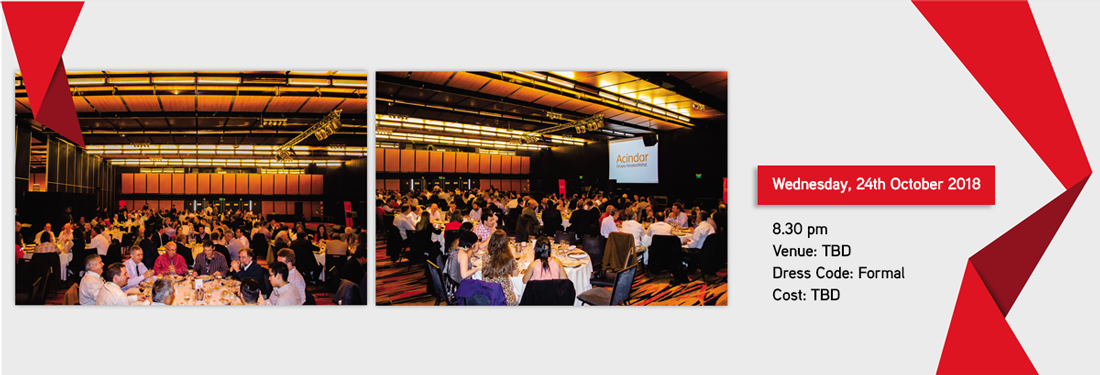
DATE: Friday, 26th October 2018
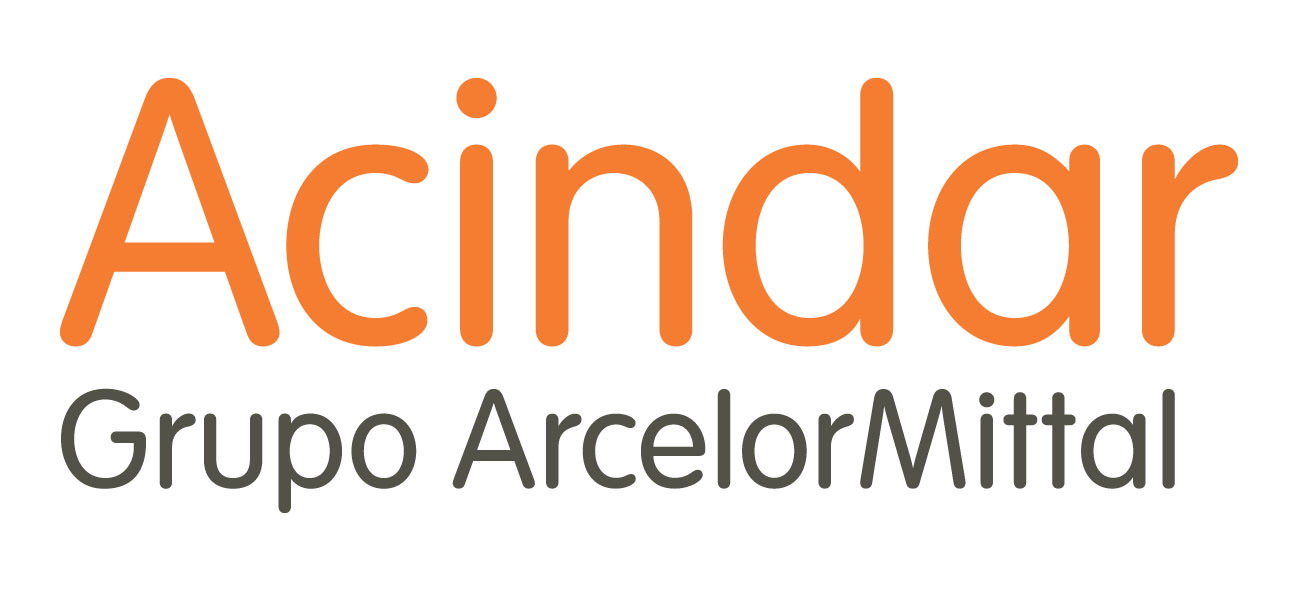 |
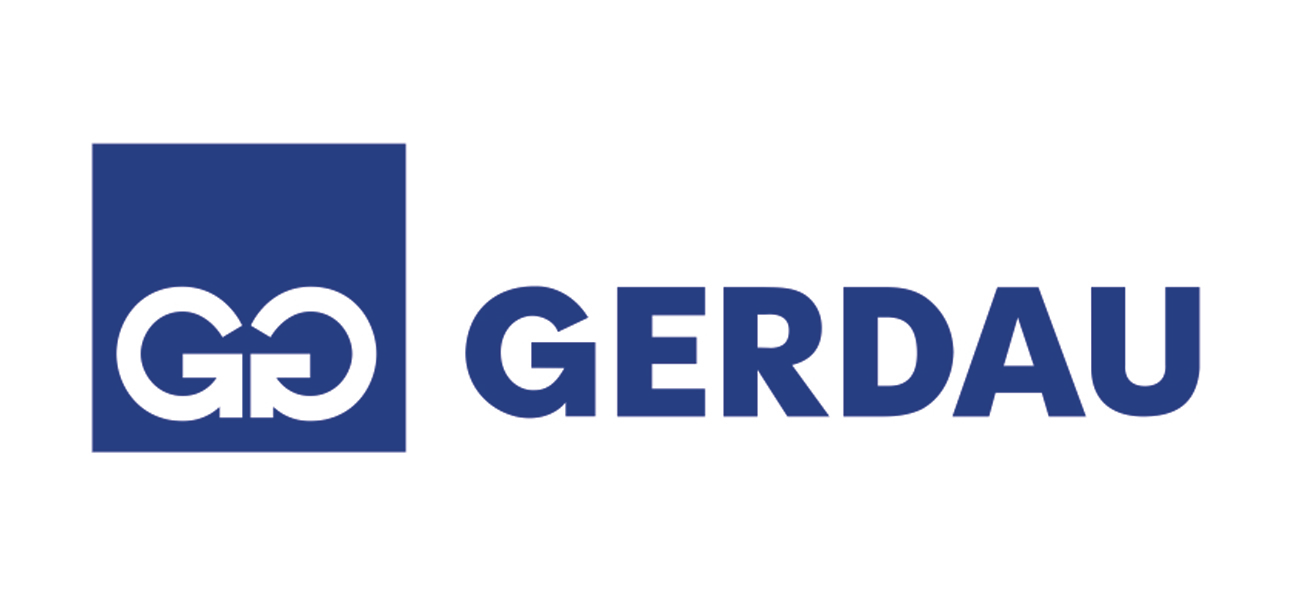 |
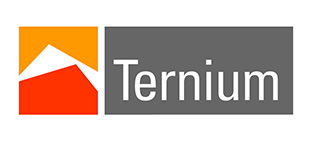 |
+54 336 4461805 ext.19
Av. Central y 19 Oeste. Barrio Somisa
San Nicolás de los Arroyos